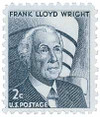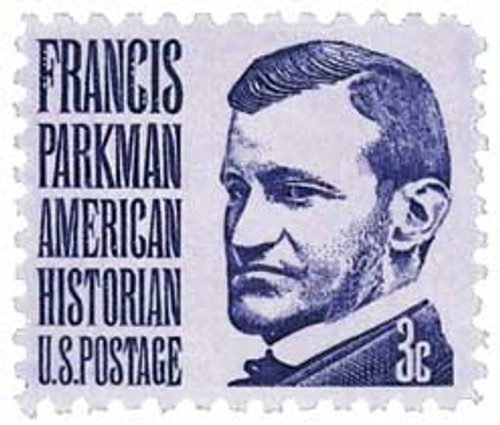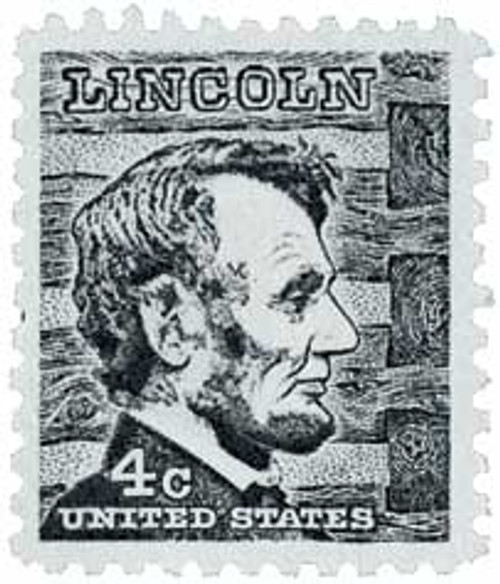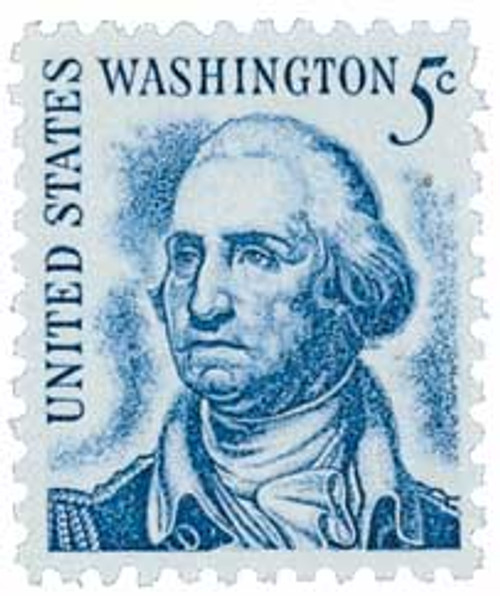
1966 2c Prominent Americans: Frank Lloyd Wright
# 1280 - 1966 2c Prominent Americans: Frank Lloyd Wright
MSRP:
Was:
Now:
$0.35 - $22.50
(You save
)
Write a Review

Write a Review

1280 - 1966 2c Prominent Americans: Frank Lloyd Wright
| Image | Condition | Price | Qty | |
|---|---|---|---|---|

|
Fleetwood First Day Cover
ⓘ
Ships in 1-3 business days.
Ships in 1-3 business days.
$ 2.50
|
$ 2.50 |
|
0
|

|
Classic First Day Cover
ⓘ
Ships in 1-3 business days.
Ships in 1-3 business days.
$ 1.75
|
$ 1.75 |
|
1
|

|
First Day Cover Plate Block
ⓘ
Ships in 1-3 business days.
Ships in 1-3 business days.
$ 2.25
|
$ 2.25 |
|
2
|

|
Mint Plate Block
ⓘ
Ships in 1-3 business days.
Ships in 1-3 business days.
$ 1.25
|
$ 1.25 |
|
3
|

|
Mint Stamp(s)
ⓘ
Ships in 1-3 business days.
Ships in 1-3 business days.
$ 0.35
|
$ 0.35 |
|
4
|

|
Mint Sheet(s)
ⓘ
Ships in 1-3 business days.
Ships in 1-3 business days.
$ 22.50
|
$ 22.50 |
|
5
|

|
Used Single Stamp(s)
ⓘ
Ships in 1-3 business days.
Ships in 1-3 business days.
$ 0.35
|
$ 0.35 |
|
6
|
Mounts - Click Here
| Mount | Price | Qty |
|---|
U.S. #1280
2¢ Frank Lloyd Wright
Prominent Americans Series
2¢ Frank Lloyd Wright
Prominent Americans Series
Issue Date: June 8, 1966
City: Spring Green, WI
Printing Method: Rotary Press
Color: Dark blue gray
City: Spring Green, WI
Printing Method: Rotary Press
Color: Dark blue gray
Architect Frank Lloyd Wright was born Frank Lincoln Wright on June 8, 1867, in Richland Center, Wisconsin.

U.S. #1280
2¢ Frank Lloyd Wright
Prominent Americans Series
2¢ Frank Lloyd Wright
Prominent Americans Series
Issue Date: June 8, 1966
City: Spring Green, WI
Printing Method: Rotary Press
Color: Dark blue gray
City: Spring Green, WI
Printing Method: Rotary Press
Color: Dark blue gray
Architect Frank Lloyd Wright was born Frank Lincoln Wright on June 8, 1867, in Richland Center, Wisconsin.
!












